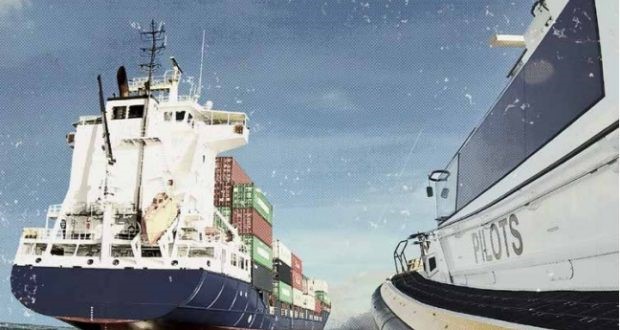The latest issue of the Navigator, a free publication by The Nautical Institute in association with the Royal Institute of Navigation, explores what is involved in being and working with a Pilot.
As explained, pilotage is a specialist navigation activity that utilises skills far beyond those required by an Officer of the Watch (OOW), as identified in the IMO STCW Convention.
“Pilots bring on board a huge depth of knowledge regarding their area, and the most up-to-date information available about everything from shifting sandbars and weather patterns to construction, port traffic, tug characteristics and much more,” says David Patraiko, FNI Director of Projects, The Nautical Institute.
“On top of this, they have shiphandling skills that have been learned through years of apprenticeship with senior Pilots, and the experience that comes from manoeuvring ships in the most demanding environments, day in and day out.”
Namely, this issue of The Navigator explores what is involved in being – and working with – a Pilot:
1.Risk assessment
Most pilotage areas have an increased risk of groundings and collisions, which is why having a Pilot on board is mandatory. This is the time to be especially vigilant.
2. Teamwork
A Pilot does not replace a bridge team. In fact, they add to it. Don’t relax just because a Pilot is on board. Work with them and monitor what they do to improve safety together. Masters and bridge officers have a duty to support the Pilot and to ensure that their actions are monitored at all times (IMO Resolution A960, Annex 2, paragraph 2.3).
3. Shared understanding
Working with a Pilot will only be effective if you both have a shared understanding of the passage plan. As a Master or OOW, you should always know the intention of the next manoeuvre. If you don’t – ask.
4. Always aware
When you are in pilotage waters use all available means to be aware of traffic. As well as communicating with the Pilot, listen to the VHF and VTS exchanges taking place with your own vessel and others.
5. Visual clues
Pilots primarily use visual references for their situational … Read more Source: Safety4sea

